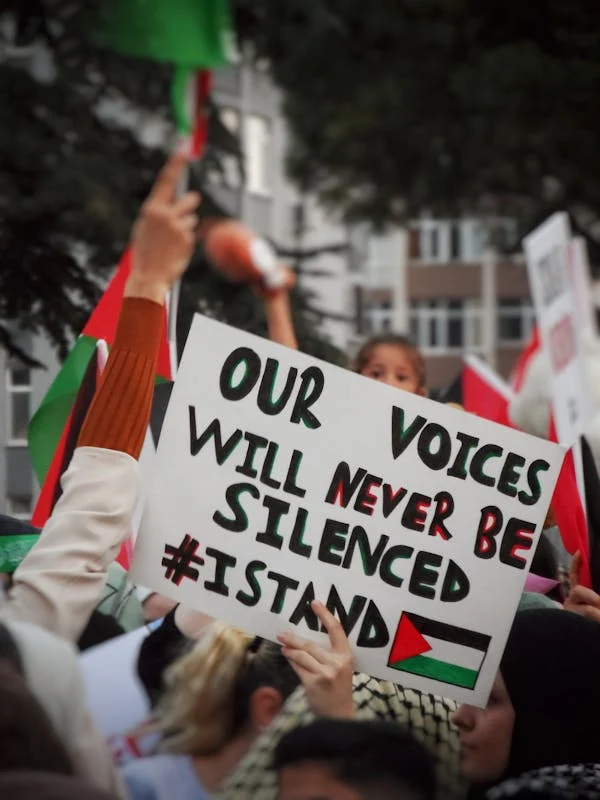It’s strange how often Gaza makes headlines, and yet how invisible it still feels.
You hear the name, you see the images — broken buildings, crying children, smoke rising from something that was probably a home — and then you scroll past. Maybe you feel something. Maybe you don’t. But Gaza keeps coming back. Not because it’s healed, but because it hasn’t had the chance.
Let’s be honest: most people don’t know what Gaza really is. It’s not just a war zone or a headline or a battleground for someone else’s politics. It’s a strip of land, barely bigger than a city, crammed with over two million people — most of them young, most of them with no memory of peace.
And that’s the part that really gets to me. Some kids in Gaza have lived through four or five wars before they’ve even hit puberty. Think about that for a second. How do you grow up like that? How do you learn to hope?
The history’s heavy. In 1948, when Israel was created, hundreds of thousands of Palestinians were pushed out or fled. Many ended up in Gaza, turning it into a cramped refuge that quickly became permanent. Then came occupation. Then came resistance. Then came the blockade. Then came the bombs. Again. And again. And again.
Now it’s 2025, and what’s changed?
Electricity’s only on for a few hours a day — if that. Clean water is a luxury. Leaving is nearly impossible unless you have serious connections or serious luck. Most young people have never left Gaza City, let alone the strip.
And still — they survive. They fall in love. They make art. They tell jokes. They bury friends. They rebuild what gets torn down. They live, because they have no other choice.
We can argue politics all day. Who fired first. Who’s to blame. Which side has the moral high ground. But while we argue, people are dying. Quietly. Without cameras. Without hashtags. Just gone.
Here’s the truth: Gaza is not a mystery. The crisis didn’t come out of nowhere. It’s not a natural disaster. It’s man-made. And it’s been allowed to continue because it’s easier to look away than it is to act.
But the people there? They’re not numbers. They’re not props in someone else’s debate. They’re human. Just like you. Just like me.
And they deserve to be seen.

